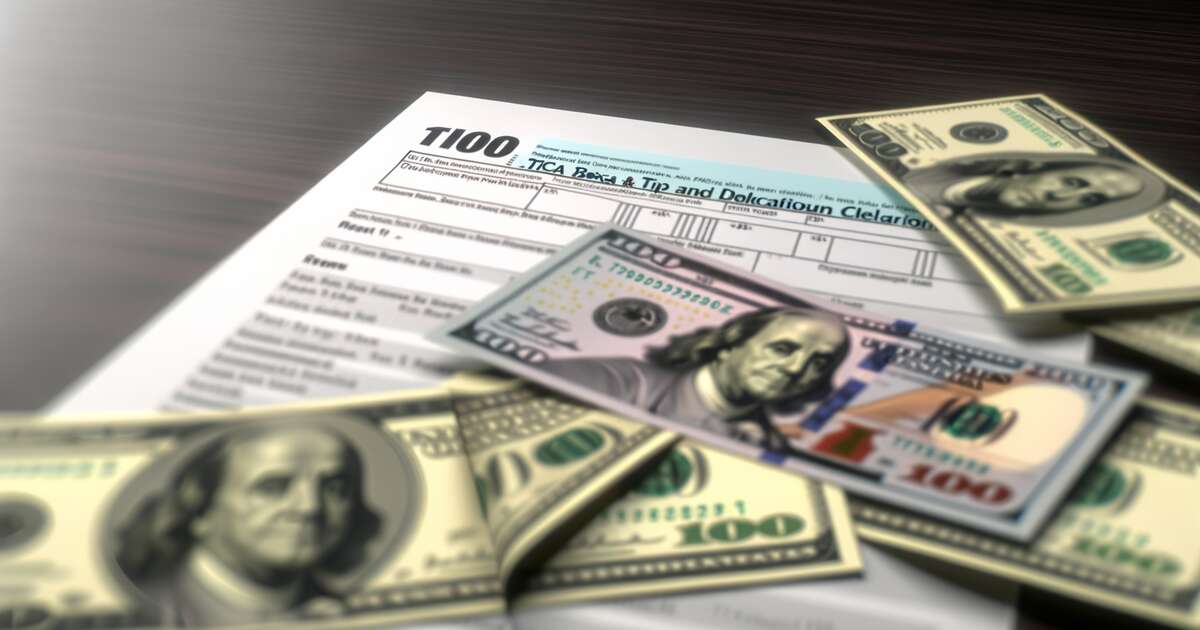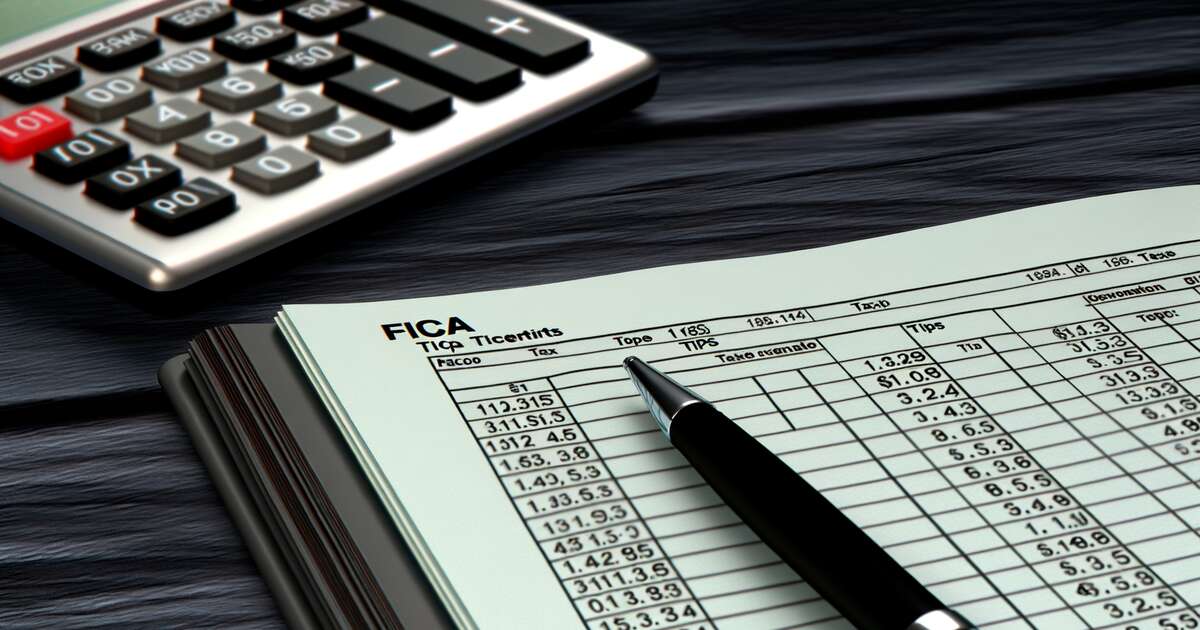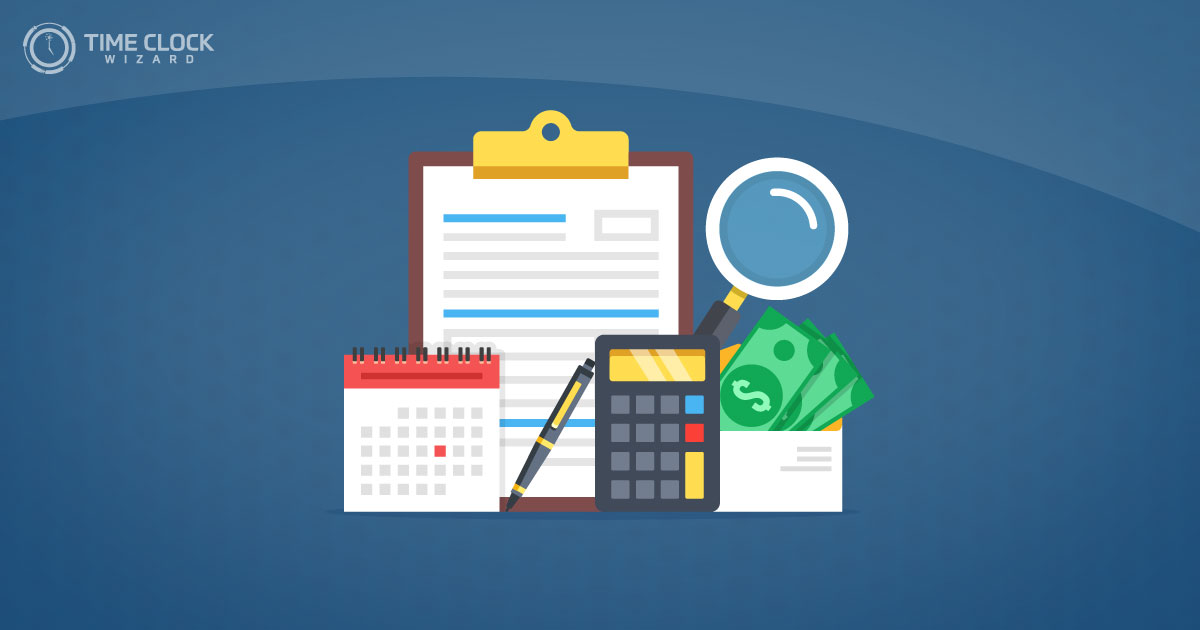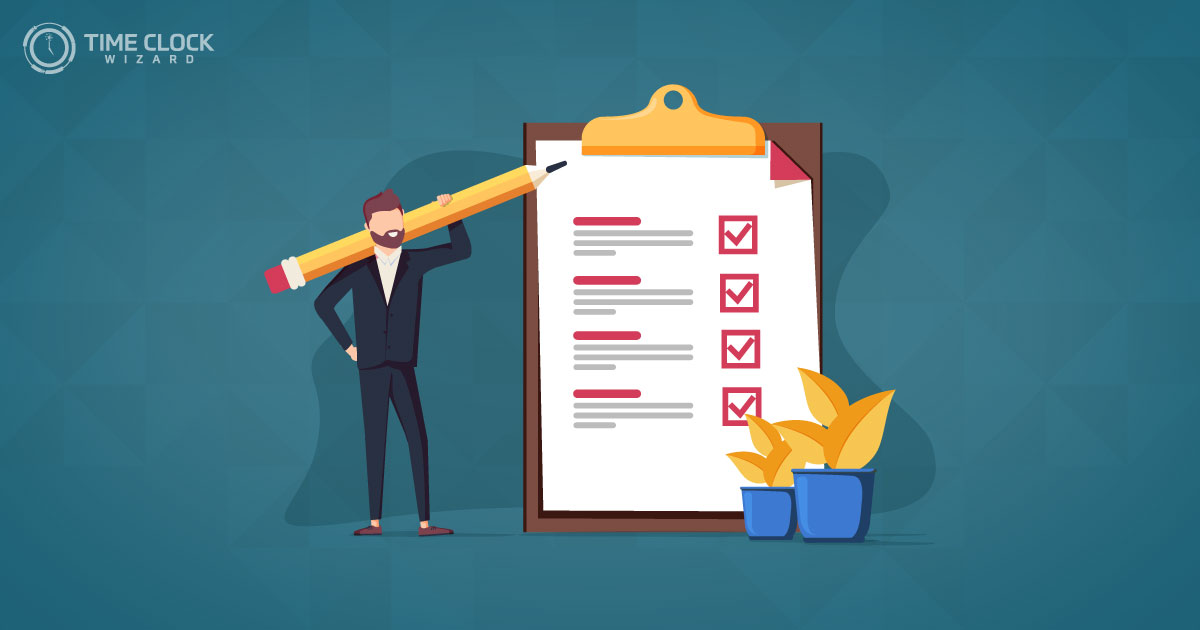
If you’re an employer in the hospitality industry, understanding how to handle FICA tip credits is crucial for maintaining compliance and enhancing your financial strategy. But what exactly are FICA tip credits, and why are they so important for your business?
FICA tip credits offer a way to offset some of the costs associated with employee tips under the Federal Insurance Contributions Act (FICA). Managing these can be tricky, though essential, for ensuring your business stays financially healthy and legally sound. Are you ready to dive into the world of FICA tip credits and uncover strategies to manage them efficiently?
Understanding FICA Tip Credits: A Comprehensive Guide
As an employer in the hospitality industry, it’s crucial to understand how to Handle FICA Tip Credits. This guide will delve deep into what FICA tip credits are, why they’re important, and how they can significantly impact your business. Are you ready to optimize your financial practices and ensure compliance with tax laws?
FICA tip credits represent an essential financial advantage that allows employers to save on federal payroll taxes. This advantage arises because the credits are calculated based on the tips received by employees that exceed the federal minimum wage. The question then becomes, why are these credits so significant? Essentially, they reduce the amount of taxes paid upfront, thereby improving your business’s cash flow.
Understanding the eligibility requirements and calculation methods is fundamental to leveraging these benefits. From identifying which of your employees qualify to meticulously documenting their tips, each step plays a crucial role in maximizing your returns. Ready to dive in and discover how you can start saving? 🤔
Why Should You Care About FICA Tip Credits?
Handling FICA tip credits effectively can significantly decrease the tax burdens on your business while maintaining full compliance with IRS guidelines. This not only aids in managing overhead costs but also in fostering a transparent and trusting environment within your workforce. After all, employees who see that their tips are being reported and managed correctly are more likely to remain motivated and engaged.
Moreover, as you navigate through this terrain, gaining clarity on complex tax rules can strengthen your management skills, allowing you to handle other aspects of business management with greater confidence. Isn’t it time you optimized your approach to FICA tip credits?

Key Requirements for Eligibility of FICA Tip Credits
Navigating the eligibility criteria for FICA tip credits is crucial for any employer in the hospitality sector. Are you sure you’re meeting all the necessary requirements? Let’s break down the essential conditions that must be met to take advantage of these credits effectively.
Essential Eligibility Criteria
Firstly, it’s important to confirm your employees are receiving tips directly from customers. These tips can be in cash or equivalent forms such as credit card charges. Remember, the tip amount must be above and beyond the actual invoice amount.
Additionally, keep in mind that the IRS stipulates a minimum tip income threshold that employees must meet before you can claim FICA tip credits. This minimum amount can vary, so staying updated with the current standards is important. Are your records meticulous enough to prove compliance during audits?
- Direct tips from customers are mandatory.
- Meeting the IRS minimum tip income for employees.
- Accurate record-keeping to substantiate claims during IRS audits.
Steps to Calculate and Claim Your FICA Tip Credits
Calculating and claiming your FICA tip credits doesn’t have to be a headache. With the right steps, you can ensure that your business takes full advantage of this opportunity to save on taxes while remaining compliant. Ready to get started?
Step-by-Step Guide to Calculate FICA Tip Credits
- Identify eligible employees who receive tips regularly.
- Keep an accurate record of all tips received by these employees.
- Calculate the total amount of tips to determine the credit on Form 8846.
Do you find keeping records challenging? Consider adopting digital solutions that simplify tip tracking and reporting, ensuring that no detail slips through the cracks.
Claiming Your FICA Tip Credits
Once you’ve calculated the credits, the next step is to claim them. This includes filling out the necessary forms and submitting them to the IRS. Ensure that all data is double-checked for accuracy to prevent any potential issues with your claims.
Don’t forget, it’s essential to stay updated with the IRS guidelines as they can change. Have you checked the latest updates on handling FICA tip credits? Staying informed can save you from future hassles and financial discrepancies.

Common Pitfalls in Managing FICA Tip Credits and How to Avoid Them
Handling FICA tip credits may seem straightforward, but some common pitfalls can trip up even the most diligent employers. Are you aware of these mistakes? Knowing what they are and how to avoid them is crucial for maintaining your business’s financial health and compliance.
1. Misunderstanding Eligibility Requirements
One of the first pitfalls is a lack of understanding regarding who qualifies for FICA tip credits. It’s essential to ensure that your employees meet the set eligibility criteria before you claim any credits. Incorrect claims can lead to audits and penalties.
2. Inaccurate Tip Reporting
Another serious issue is inaccurate tip reporting. Are your employees fully recording their tips? Ensuring complete and accurate reporting is key to calculating the correct credit amount. Implementing stringent record-keeping practices can safeguard against this problem.
3. Failing to Keep Updated Records
The IRS expects timely and detailed records of all tip transactions. The lack of updated records can be a nightmare during an audit. Regularly review and update your documentation to avoid discrepancies that could lead to financial setbacks.
Common Questions
How to claim FICA tip credit?
To claim the FICA tip credit, employers must first ensure they meet the eligibility criteria, which requires that the tips reported by their employees exceed the federal minimum wage. Employers must accurately report all employee tips and pay the employer’s portion of FICA taxes. The credit is then calculated based on these reported tips and can be claimed on the employer’s annual income tax return using IRS Form 8846, titled ‘Credit for Employer Social Security and Medicare Taxes Paid on Certain Employee Tips’. It is essential to maintain accurate records of tips and tax payments to substantiate the claim.
How to calculate FICA tips credit?
Calculating the FICA tips credit involves several steps. First, determine the total amount of tips received by employees that exceed the federal minimum wage. Next, calculate the employer’s share of Social Security and Medicare taxes (FICA taxes) on these tips. The current FICA tax rate is 7.65%, split into 6.2% for Social Security and 1.45% for Medicare. The FICA tips credit is calculated by applying this tax rate to the tips over the minimum wage. This amount is then reported on IRS Form 8847 to claim the credit against the employer’s tax liabilities.
What is the FICA tip credit law?
The FICA tip credit law is a provision in the U.S. tax code that allows employers in the food and beverage industry to claim a tax credit. It is designed to offset the burden of the employer’s portion of Social Security and Medicare taxes paid on employee tips. This credit encourages accurate reporting of tipped income and helps alleviate some of the tax burdens faced by employers. The credit is specifically for tips that are used to meet minimum wage obligations over the federal minimum of $2.13 per hour for tipped employees. Compliance with accurate reporting and tax payment is crucial under this law.
How do you account for tip credit?
Accounting for tip credit involves maintaining meticulous records of all tips received by employees and ensuring that all tips are reported to the IRS. Employers need to calculate the total amount of tips above the federal or state minimum wage, depending on which is applicable, then calculate their portion of FICA taxes on these additional tips. The amount calculated is then used to reduce the employer’s income tax liability by filling out IRS Form 8846. Proper accounting practices must be followed to ensure compliance and to benefit fully from the FICA tip credit. Using payroll software or consulting with a tax professional can help manage these calculations accurately.
Real-Life Examples of Handling FICA Tip Credits Successfully
When it comes to effectively handling FICA tip credits, real-world examples can provide invaluable insights into how businesses manage this complex aspect of payroll. Ever asked yourself how top restaurants and hotels successfully navigate the murky waters of tip credits and remain compliant? The answers lie in their strategic approaches and detailed attention to compliance.
Success Story: The Bistro Downtown
Take, for example, The Bistro Downtown, a popular eatery known for its lively atmosphere and superb customer service. The management streamlined their tip reporting process by implementing an automated system that directly connects with payroll services. This high-tech solution not only reduces administrative overhead but also ensures accuracy and timeliness in reporting tip income. With this system, The Bistro Downtown has successfully handled FICA tip credits, leading to significant savings in payroll taxes annually.
How Marriott Hotels Excel in Compliance
Similarly, Marriott Hotels is another excellent example. Their HR department conducts quarterly workshops for all staff to educate them about the importance of accurate tip reporting. They have also established a dedicated compliance team to oversee the claims for tip credits, ensuring they meet all federal requirements to maximize their benefits. Isn’t it impressive how through continuous education and dedicated oversight, Marriott maintains compliance while optimizing financial benefits?
Both of these examples highlight the importance of implementing robust systems and providing continuous education to handle FICA tip credits effectively. By adopting such meticulous approaches, businesses not only comply with regulations but also enhance their financial health.
Final Thoughts: How to Handle FICA Tip Credits Effectively
Navigating the complexities of Handle FICA Tip Credits doesn’t have to feel like a daunting task. With the right approach and understanding, you can ensure that your business stays compliant and benefits maximally from these credits. Isn’t it great knowing that you can manage your finances more effectively while adhering to the legal requirements?
Remember, the success in managing FICA tip credits lies in staying informed and proactive. Whether you’re recalculating your credits, keeping up with the latest IRS guidelines, or sharing success stories with your network, every little effort counts. It’s about taking the right steps and continuously improving your processes. So, why not take what you’ve learned today and apply it to refine the way you handle FICA tip credits in your business?





